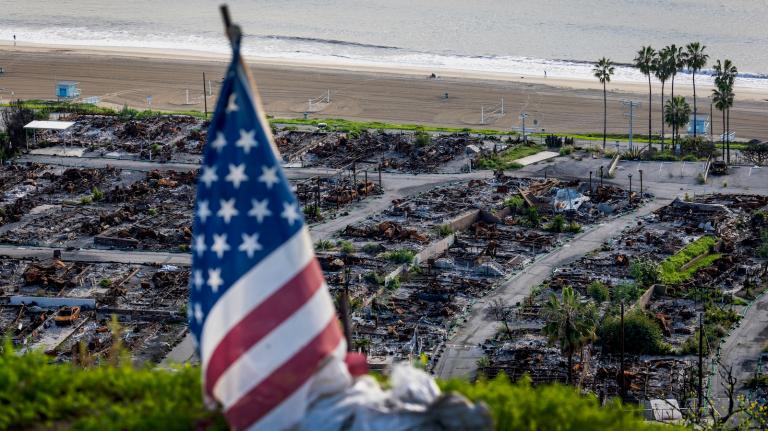Like the Wicked Witch of the West, the world is melting.
The University of Zurich’s World Glacier Monitoring Service reports that in 2006 and 2007 that the world’s glaciers lost 2 meters (2000 mm) of thickness on average:
They note, “The new data continues the global trend in accelerated ice loss over the past few decades.” The rate of ice loss is twice as fast as a decade ago.
This is consistent with other recent research (see here and “AGU 2008: Two trillion tons of land ice lost since 2003“).
Bloomberg has an excellent story on report:
“One year doesn’t tell us much, it’s really these long-term trends that help us to understand what’s going on,” Michael Zemp, a researcher at the University of Zurich’s Department of Geography, said in an interview. “The main thing that we can do to stop this is reduce greenhouse gases” that are blamed for global warming.
The Alps have suffered more than other regions with half of the region’s glacier terrain having disappeared since the 1850s, Zemp said. Almost 90 percent of the glaciers in the Alps [PDF] are smaller than 1 square kilometer (0.4 square mile) and some are as thin as 30 meters, he said …
Glaciers further inland in Alaska in such sites as the Kenai mountains and Scandinavia matched the overall declining trend seen in Chile, Colombia and throughout the Alps.
The World Glacier Monitoring Program has measured 30 glaciers, of an estimated 150,000 to 200,000 worldwide, in nine mountain ranges since 1980. More ice has been lost than gained on average in 25 of the past 28 years with the last year of growth reported in 1989, when the Berlin Wall was dismantled and Communist regimes fell across eastern Europe.
Glacier loss is measured by hammering poles into the ice sheet and observing how much the ice has retreated or gained against the measuring rod. Calculations are made too at the tongue or end of the glacier while satellite technology is also employed, Zemp said.
The pace of the decline has doubled since the 1990s, when the average loss was about 0.3 meters compared with 0.7 meters now, he said …
Some glaciers in the Alps, including Italy’s Calderone, have shrunk so much it’s becoming difficult to take accurate measurements, Zemp said. Such ice has not recovered from the 2003 European summer heat wave that melted the snow, revealing darker ice underneath which heats up faster than whiter surfaces.
The global average temperature has risen 0.76 degrees Celsius (1.4 degrees Fahrenheit) since pre-industrial times as humans used more fossil fuels to generate energy and power machinery, according to the UN’s Environment Program.
Ice melt is even speeding in Greenland. In 2007, U.S. scientists discovered that water from melting glaciers, draining from a 5.6 square-kilometer lake on Greenland’s ice sheet, reached a peak flow exceeding that of Niagara Falls.
We might avoid the Witch’s fate of melting entirely — if we only had a brain.
This post was created for ClimateProgress.org, a project of the Center for American Progress Action Fund.



